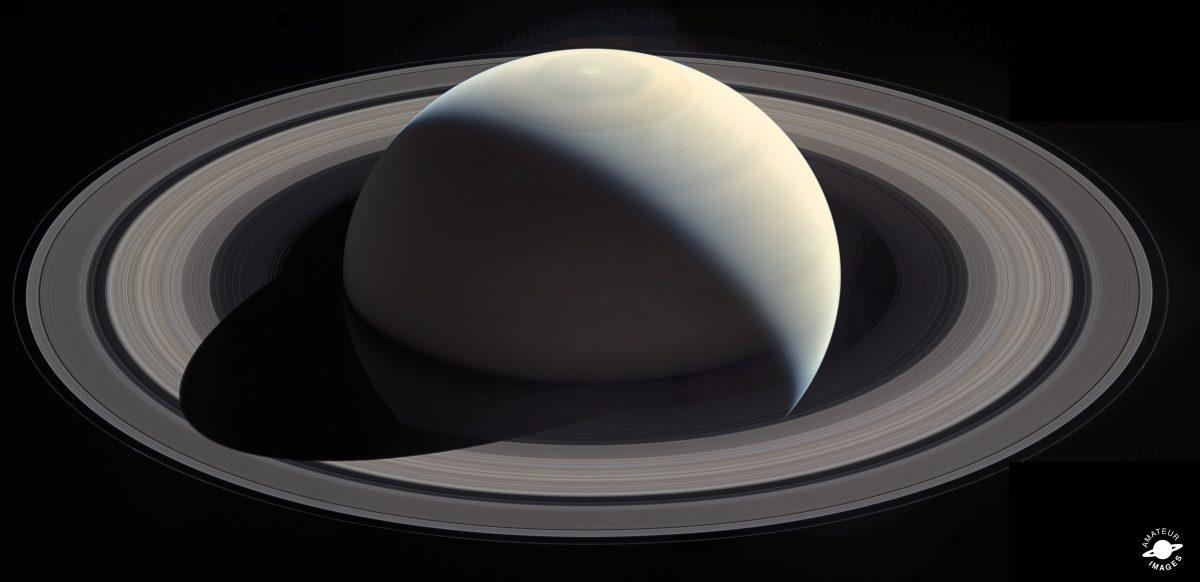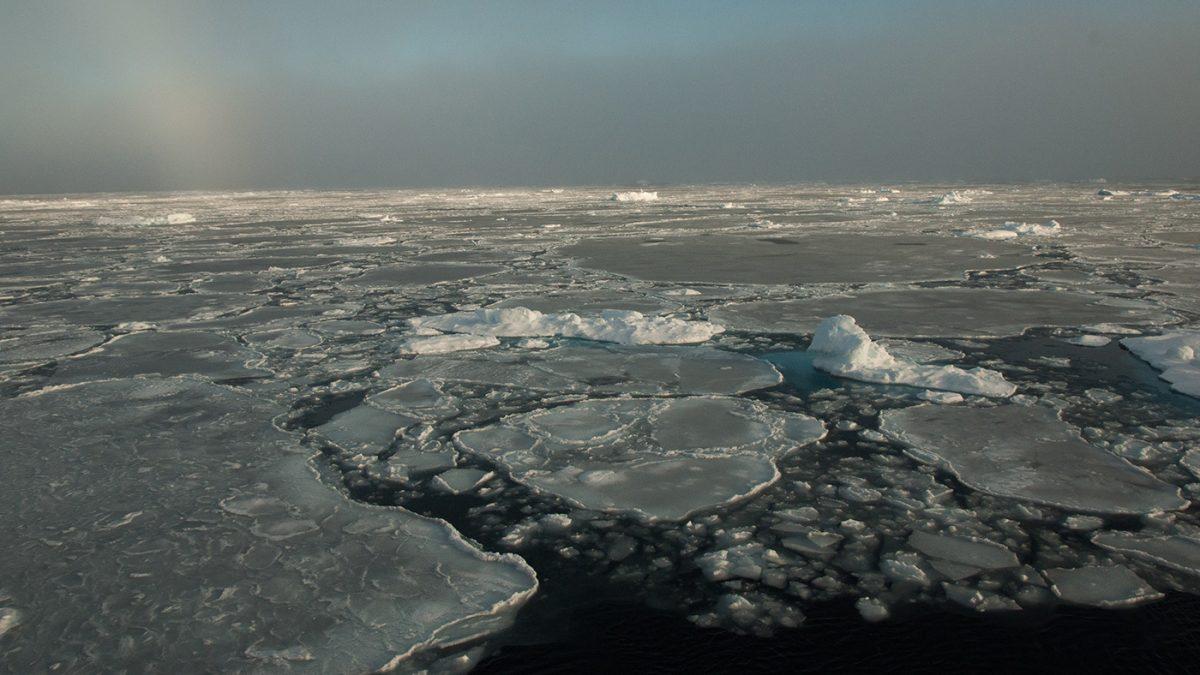On Sept. 15, 2017 at 7:30 a.m. Eastern Time, the Cassini spacecraft disintegrated on a final dive into Saturn’s atmosphere, completing an almost 20-year mission of probing and photographing the planet. The Cassini was the brainchild of two European scientists, Daniel Gautier and Wing-Huen Ip.
In the wake of discoveries from previously-launched NASA spacecrafts Voyager 1 and Voyager 2, more questions had been raised in the scientific community about Saturn and its moons, particularly Titan. It was with the goal of answering these questions that a collaboration between NASA and the European Space Agency formed, and the Cassini spacecraft was born.
The moon, Titan, is large and hazy with a thick atmosphere that obscures its surface. The joint American-European project combined two crucial elements aimed at breaching this roadblock, which prevented further study of the moon.
NASA created Cassini, named for a 17th century astronomer who discovered four of Saturn’s moons, to orbit Saturn, while the European Space Agency built a specialized probe called Huygens, after the Dutch astronomer who discovered Titan. Together, the orbiter and probe are among the most complex, unmanned spacecraft ever designed, as well as being the second largest. The joint spacecraft was officially launched on October 15, 1997.
It was not until seven years later that the spacecraft entered orbit around Saturn and the Huygens probe successfully landed on the surface of Titan, the first attempt to land a spacecraft on any moon other than Earth’s own. Scientists gathered information about Titan’s atmosphere, and the probe took photographs of the moon.
With the information that was gathered on this landing, the scientific team from NASA and the European Space Agency discovered that Titan has a system of rivers and chunks of ice that would be water if not for the extreme cold. The rivers, instead of flowing with water, flow with liquid methane. Despite the temperature difference, there are many ways in which Titan is geographically quite similar to Earth.
This discovery is of interest to anyone who thinks off-planet colonies may someday occur. Titan is one of the most Earth-like locations in this solar system, and could potentially support human life. Additionally, there is much to be learned from comparing other planets, moons and atmospheres to the one that humans know best.
After the Huygens probe successfully completed its landing on Titan, the Cassini spacecraft continued to orbit Saturn, gathering data and photographs of the gas giant and its moons.
There were many discoveries that were made possible by this continued mission. For example, another of Saturn’s moons, Enceladus, could also be potentially inhabitable. The moon contains a water ocean underneath its icy surface that seems to be heated with underwater, hydrothermal vents—similar to Earth’s oceans. Additionally, Cassini gathered incredible photographs of Saturn over the years and scientists gained further insight into the planet.
One of the reasons that NASA scientists allowed Cassini to disintegrate was because they did not want to run the risk of allowing it to crash somewhere else, such as into Titan or Enceladus. The spacecraft undoubtedly carries microbial contamination. Nobody wanted to risk contaminating Saturn’s system, particularly the two moons deemed most likely to be inhabitable. The planned disintegration prevented this potential threat.
The Cassini legacy is one of scientific discovery and of promoting collaboration between the United States and Europe in discovering more about this unknown. The final journey of the spacecraft provided close images of Saturn and its rings, as Cassini flew between them and sent photographs and data to Earth throughout the process. Though many in the scientific community mourn the loss of this spacecraft, its contributions were invaluable to the understanding of Saturn, and perhaps to the discovery of a future home for human beings.







